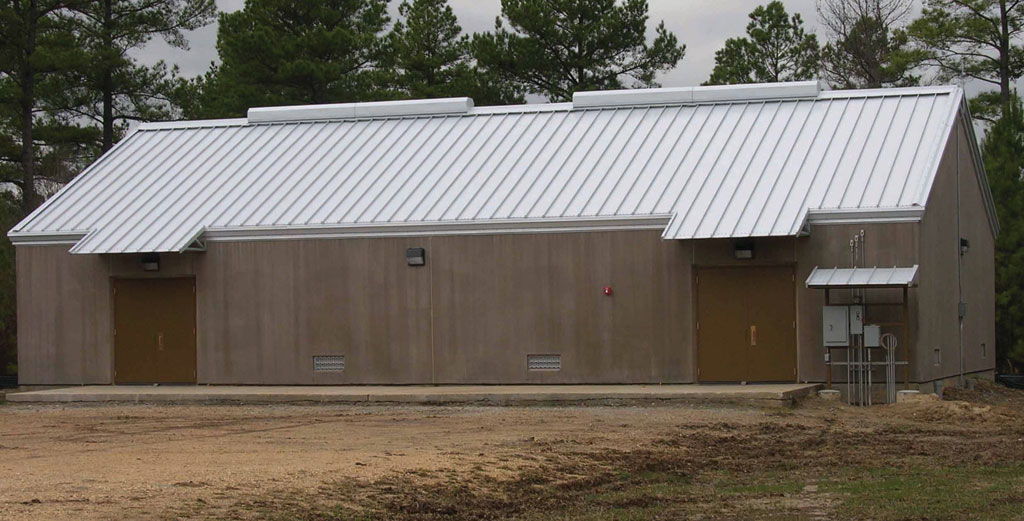
Rachel C. Newton
Of the several different projects on which the Directorate of Material Management (MM) at Pine Bluff Arsenal (PBA), AR, has been working over the past few months, none is more important than the Ammunition Operations Center (AOC) Task Manager Module.
“Basically what the program allows us to do is to be more efficient in our standard depot operation functions,” said Lavara Henry, Chief of the directorate’s Storage Division. The AOC for ammunition and equipment movement allows the scheduling of work, crews, and equipment and produces reports, storing the information in one central area.
“So at the end of the day, I can go in and ask for a report in terms of the crews. It will tell me who is responsible for a particular task and how much time it took to accomplish it. It will also tell me where the lag time is, so we can improve efficiencies,” Henry said.

PBA is upgrading bomb storage buildings, constructed in 1942, which house ammunition and ammunition components. At the same time, processes for moving ammunition and equipment have been improved to allow the scheduling of work, crews, and equipment and production of reports, with information stored in one central area. (U.S. Army photos by Rachel C. Newton)
Enhancing Accountability
Henry said the system, which PBA introduced in August 2011, allows for accountability at all levels. “The key players with this particular operation include all of MM and the Directorate of Logistics [DOL]. DOL is involved because they handle all the forklift movements,” he said. “This has really been a great tool.”
The AOC is used at this time only for Class V ammunition movements. Other sites using the process include Crane Army Ammunition Activity, IN; McAlester Army Ammunition Plant, OK; Blue Grass Army Depot, KY; Anniston Army Depot, AL; Tooele Army Depot, UT; Hawthorne Army Depot, NV; and Letterkenny Army Depot, PA.
This project has high visibility and support within the U.S. Army Material Command and Joint Munitions Command (JMC), said Henry. Over the long term, he said, the project could be replicated for the chemical-biological defense (CBD) products that PBA produces.
“In our major buildings, we have everything set up with the monitors. At this time, though, the system is not designed to handle the CBD element,” he said. “Our Quality Assurance people use it, Transportation uses it, Inventory uses it, and DOL inputs into it for the forklift information.”
Harnessing Technology
MM is also using the new SmartChain automatic identification technology (AIT). “SmartChain is basically for Class V ammunition and allows the PBA worker to process receipts, bin-to-bin [movements] and rewarehousing by using scanners,” Henry said. “In times past, we had to do all of that by hand with a pencil and paper. It allows us to be more efficient with what we are doing.”
The scanned information is downloaded twice a day and flowed into the Logistics Modernization Program (LMP), he said. If there are disconnects in the information, the reconciler goes into the SmartChain and/or LMP systems.
PBA has purchased 14 laptops for the AIT effort, which are mounted in the trucks, so as material is moved, the data are uploaded in near-real time.
“MM has tried to be very proactive with the new technology,” Henry said.
- RACHEL C. NEWTON is a Public Affairs Specialist and Editor of the Arsenal Sentinel, the post newspaper,
at PBA. She holds a B.A. in communications from Drury University and is working toward an M.A. in journalism at the University of Arkansas at Little Rock. Newton is a member of the Golden Key International Honor Society.


